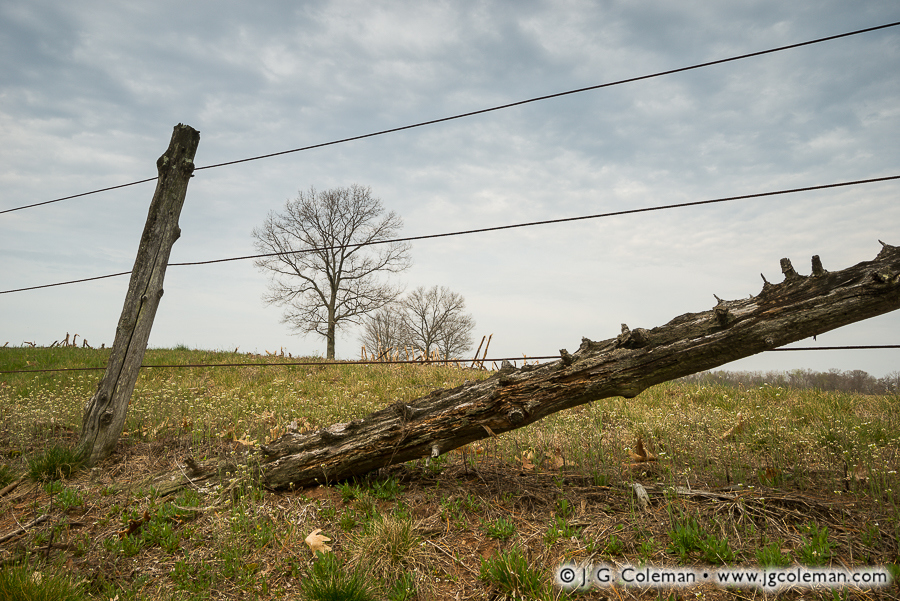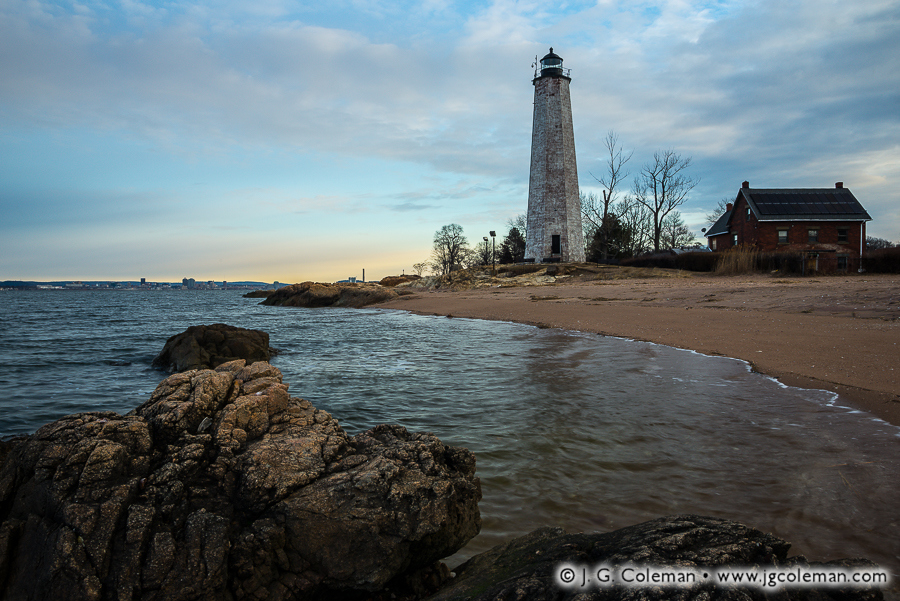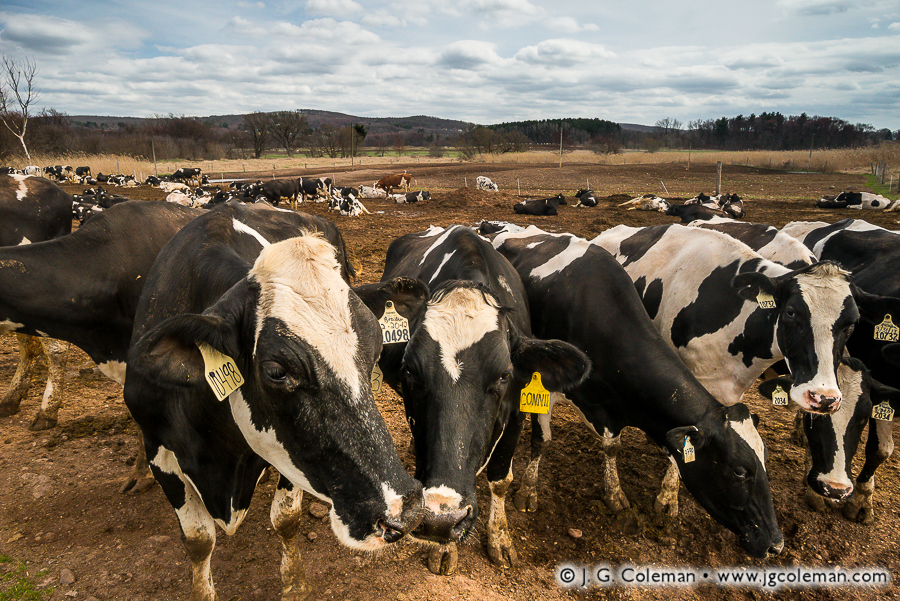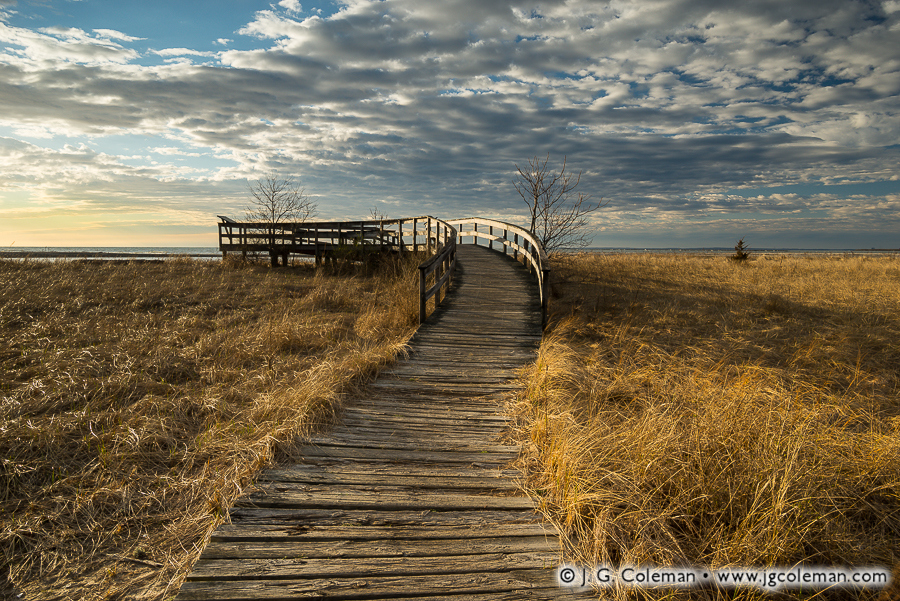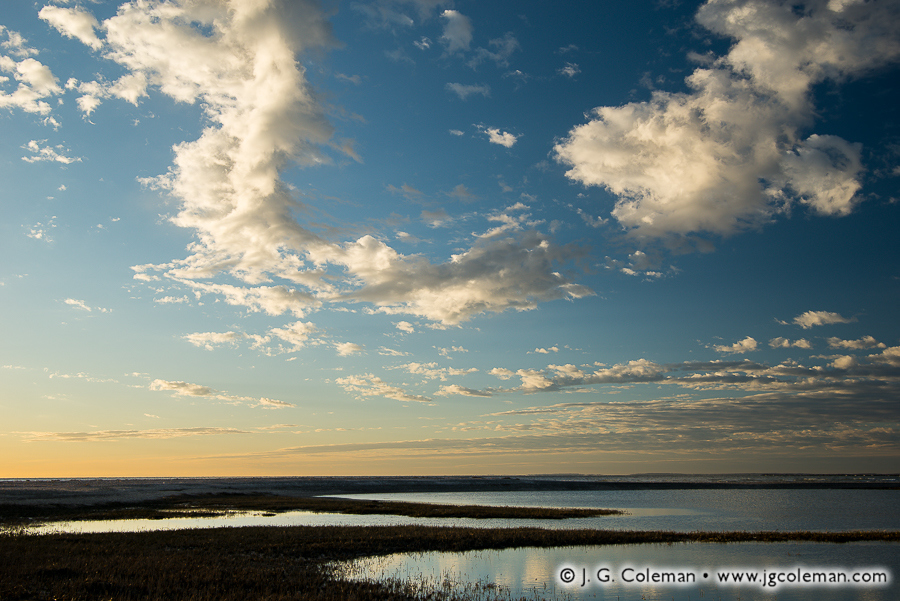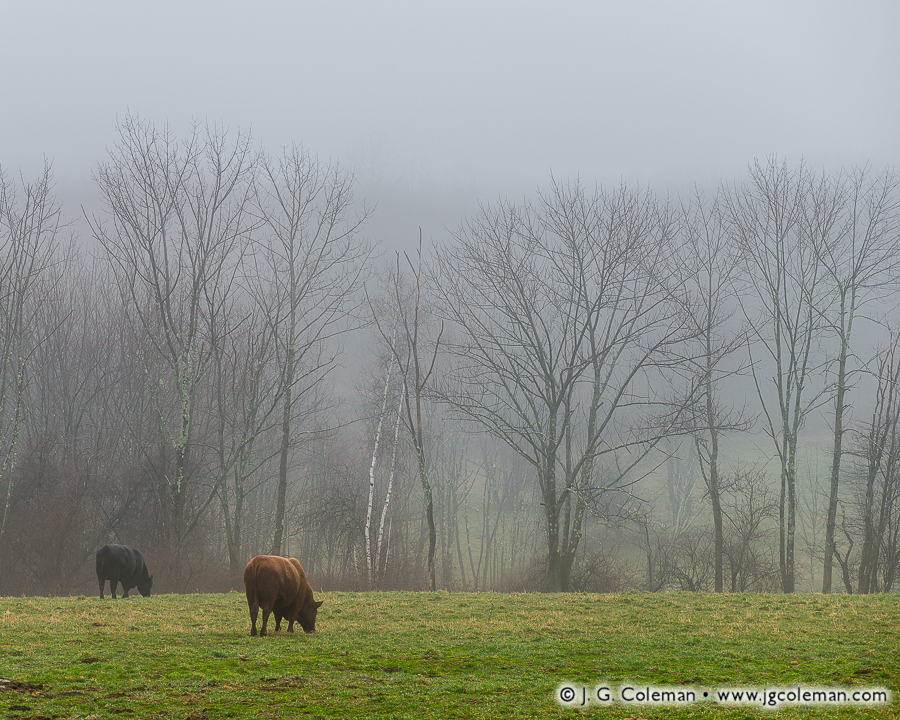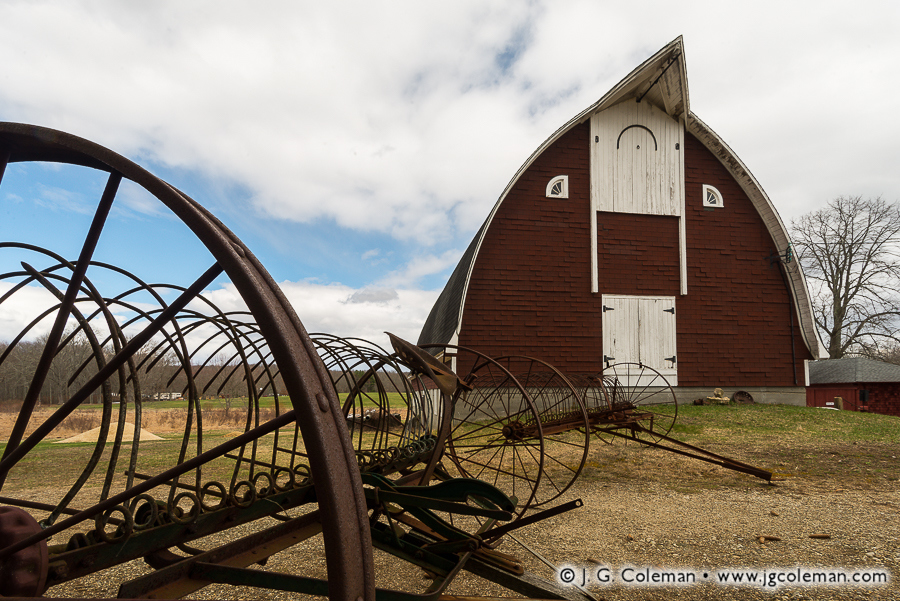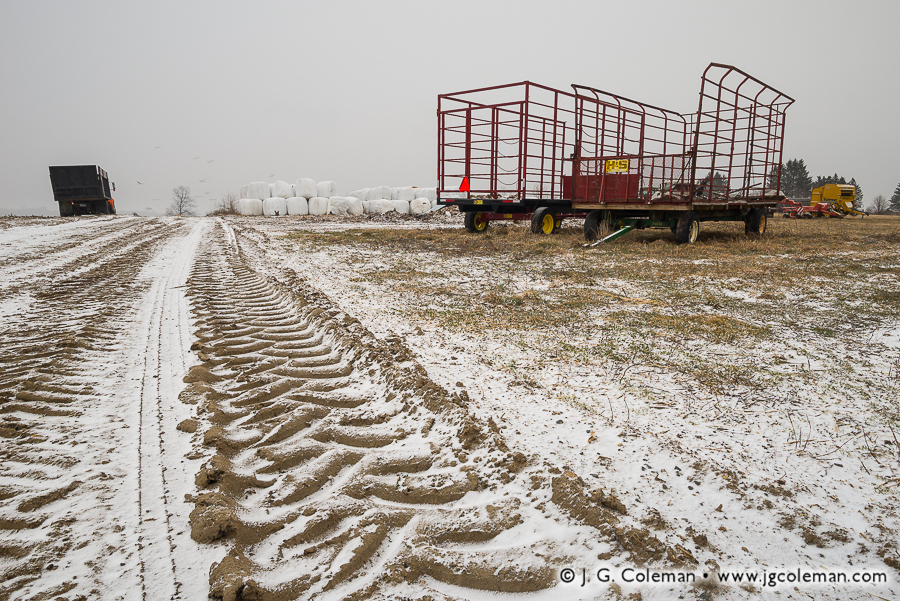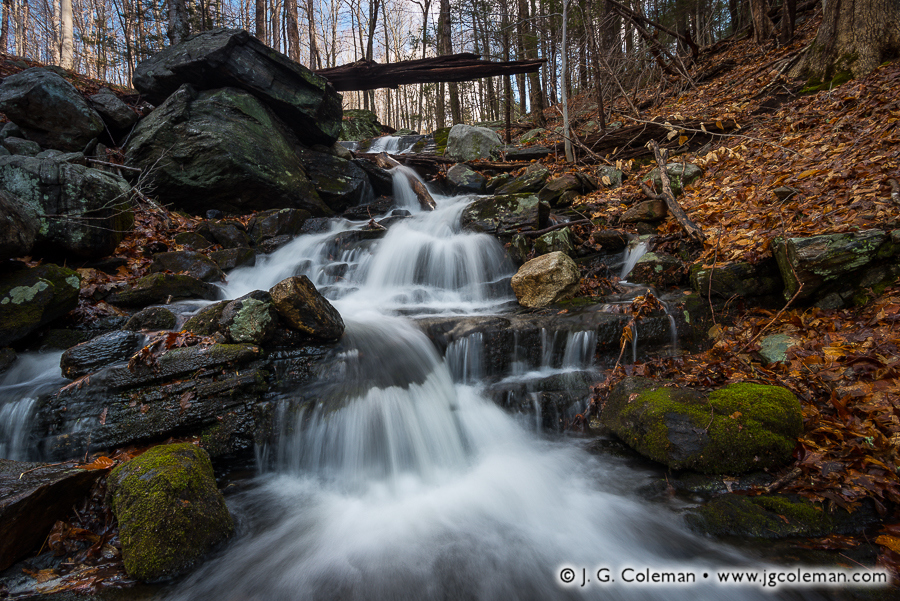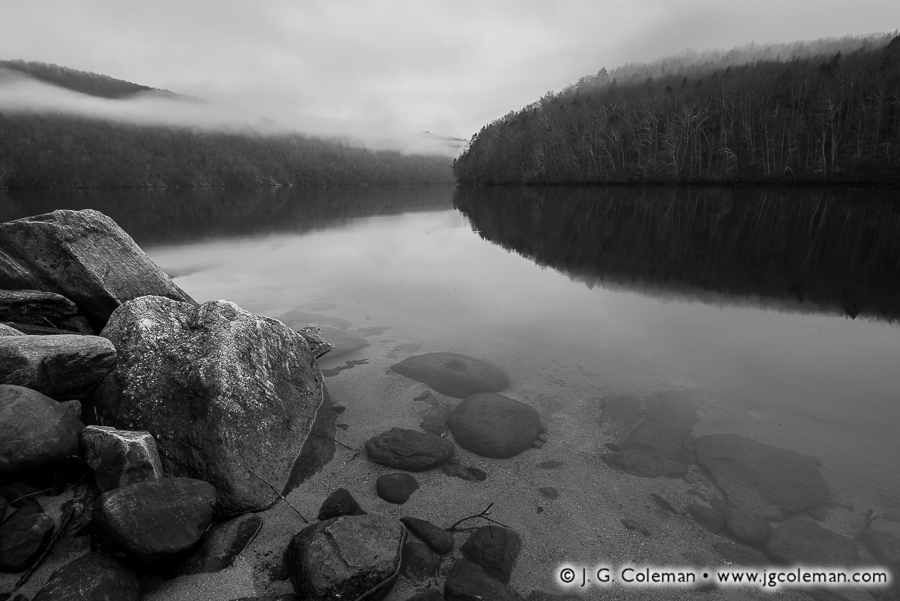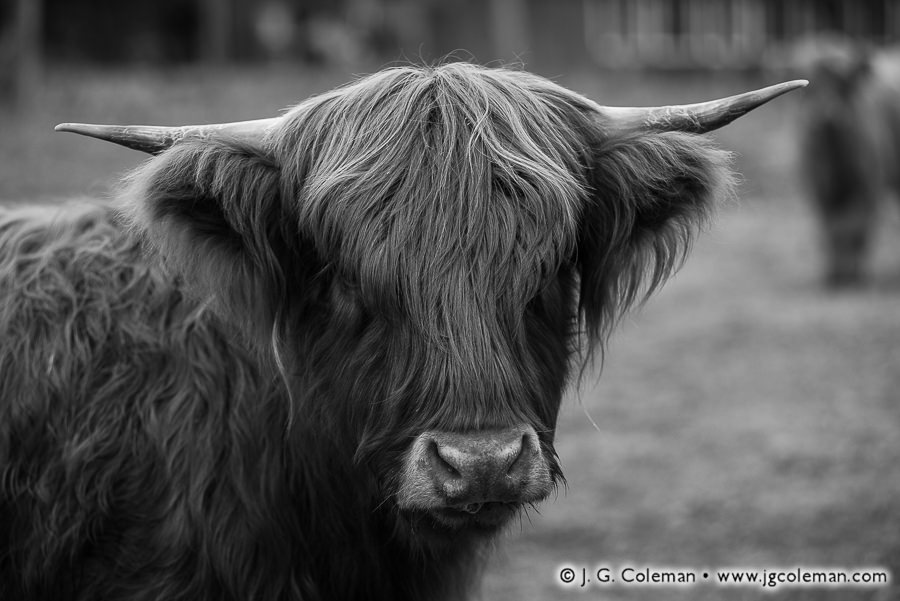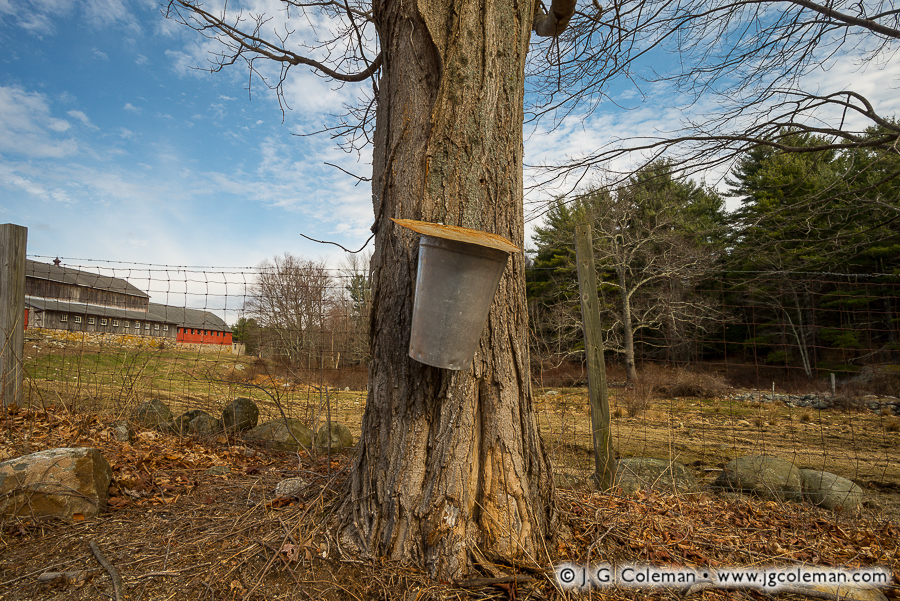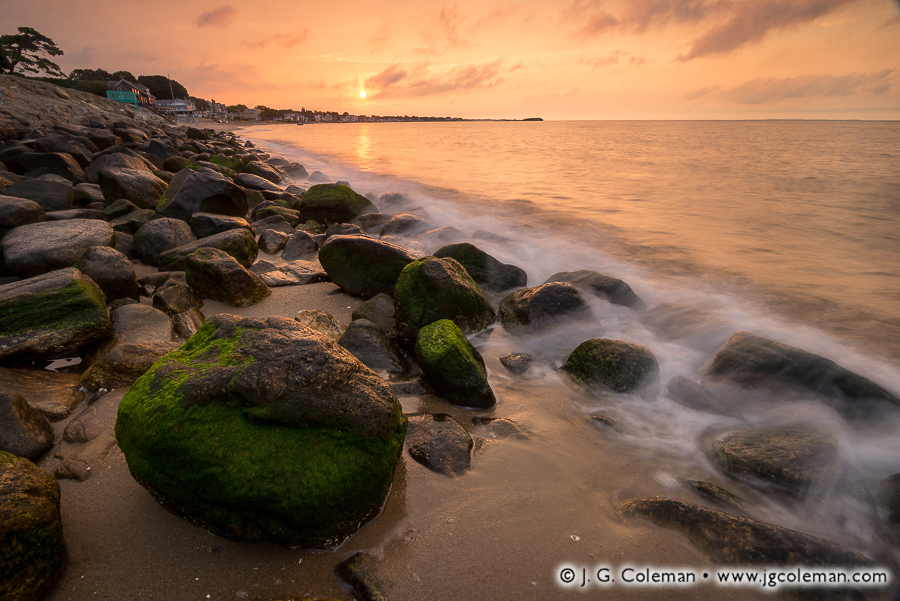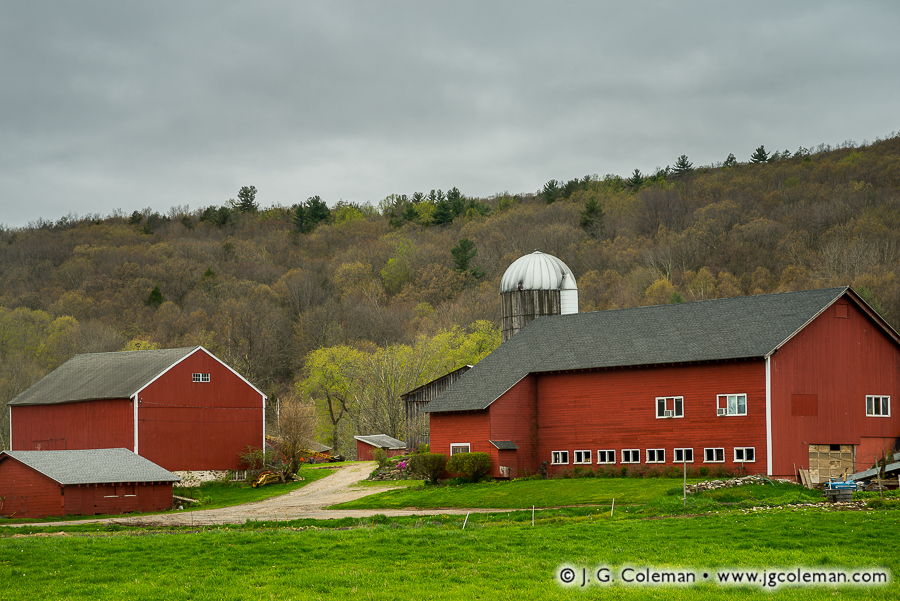
Barns and pasture beside wooded hill during springtime, Canton, Connecticut
© 2016 J. G. Coleman
Barns nestle into the bottom of a broad ridge in Northern Connecticut, the adjacent pastures already thick with grasses by early May. Woodlands on the hillside have taken to “greening over” as recent rains nourish buds and emerging leaves.
In modern times, Canton is a prosperous township of nearly 9,000 in the Farmington River Valley. Even as early as the mid-1800s, the renowned Collinsville ax factory brought growth and industrial might in the southern reaches of the town.
But the earliest settlers of Canton, said to have arrived there in the 1740s, didn’t fare quite so well. So toilsome were their efforts at building a life in this hilly, wooded frontier that they saw fit to name their founding village “Suffrage”. One can only imagine that, for these struggling pioneers, a time when their hamlet would enjoy comfort and convenience seemed impossibly distant.
Purchase a Fine Art Print or Inquire About Licensing
Click here to visit my landing page for “Yankee Farmlands № 64” to buy a beautiful fine art print or inquire about licensing this image.
Want to See More?
Be sure to check out all of the work in my on-going Yankee Farmlands project.


